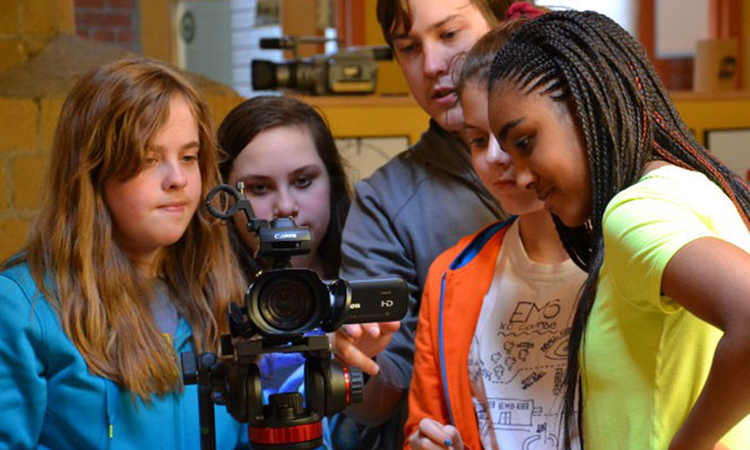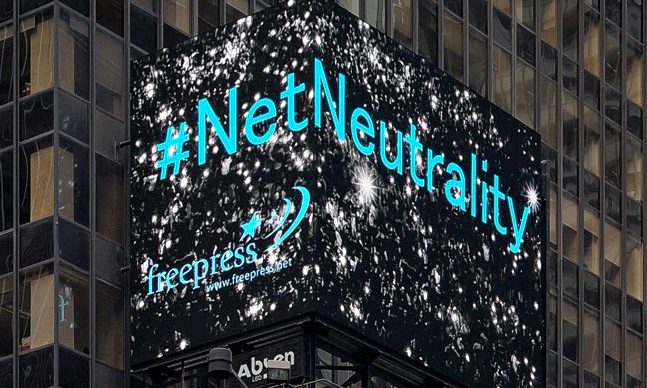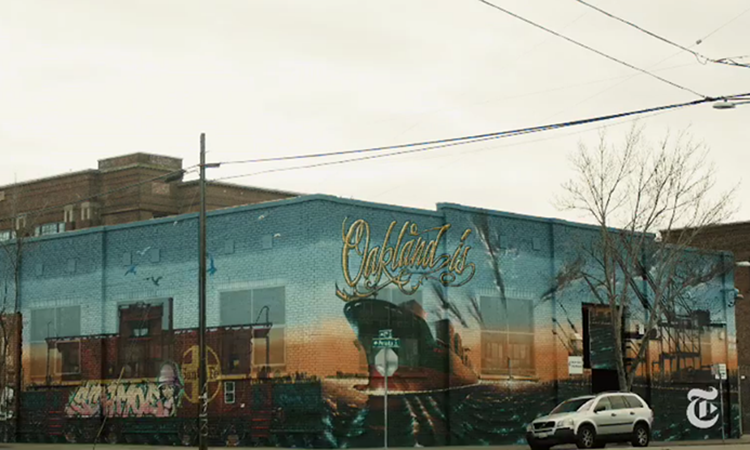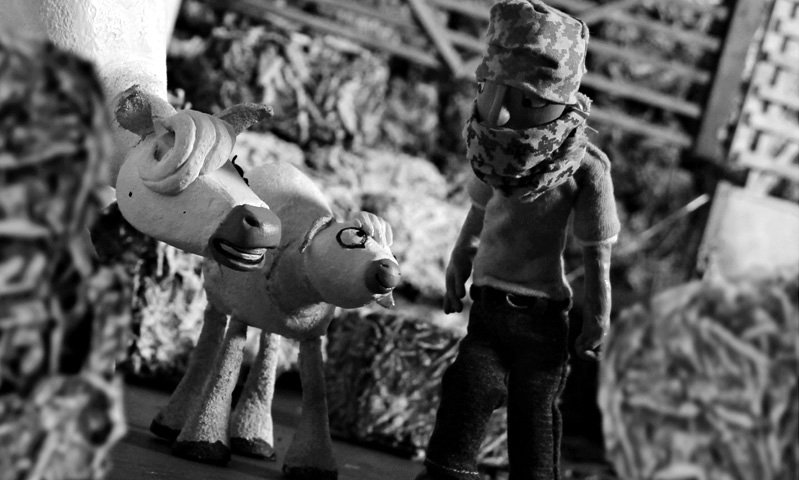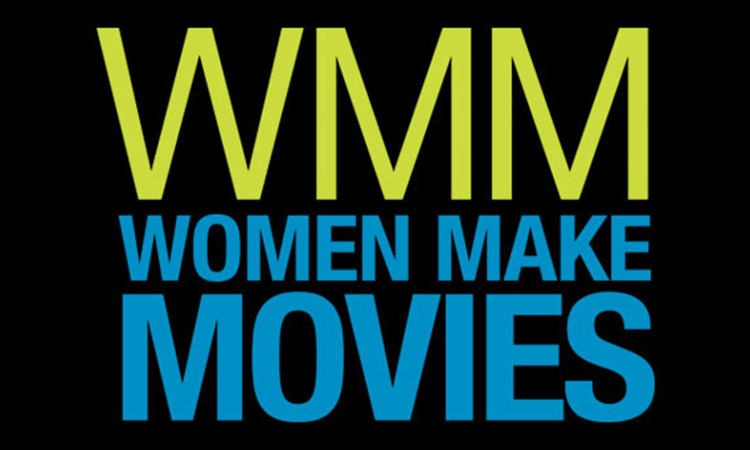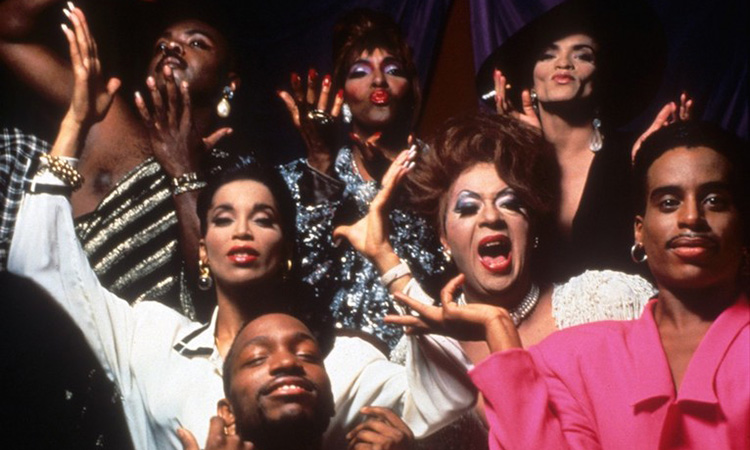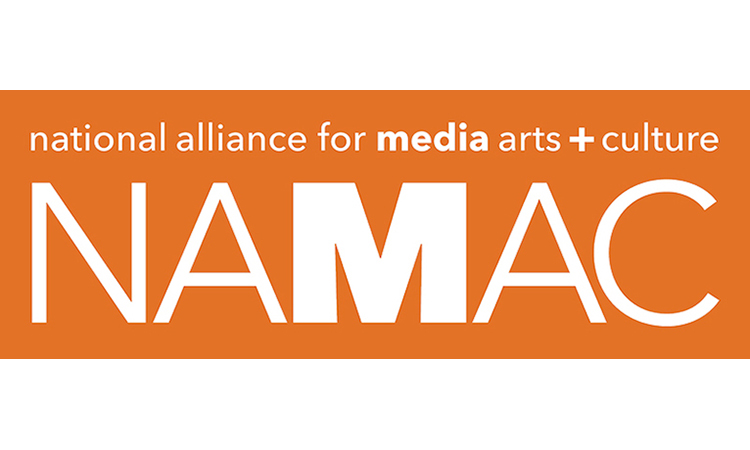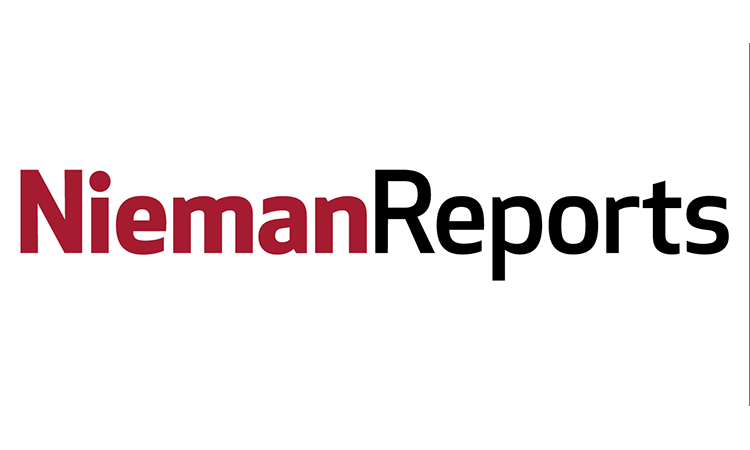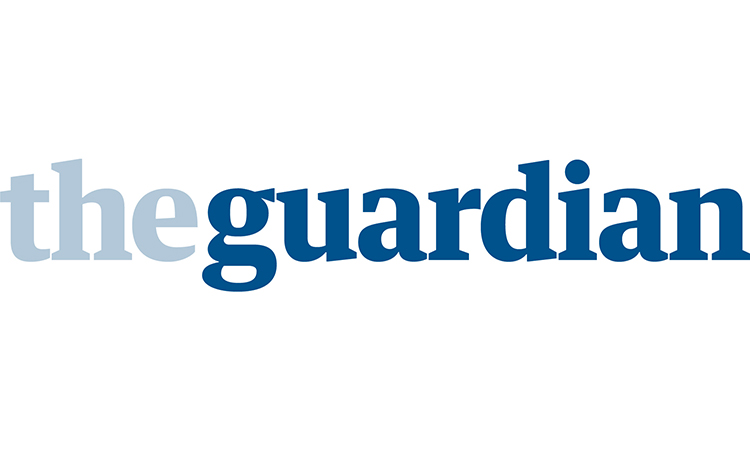By Greg Marinovich
A couple years ago, just as I was starting my Nieman year, the “War/Photography: Images of Armed Conflict and Its Aftermath” exhibit curated by Anne Wilkes Tucker of the Museum of Fine Arts in Houston was traveling across the U.S.
Having just seen it in Los Angeles, my friend Jonathan Diamond called me. Why, he asked, when photojournalists shoot so many images on an assignment, are we limited to seeing just one or two in a newspaper or magazine? Why not showcase 10 or 20? There was, I said, no reason, other than the limitations of print.
And so The Stand started as a digital photojournalism magazine, one that would draw photographers from around the world, transcend borders by relying on images rather than text, and treat photojournalists and their work with respect.

